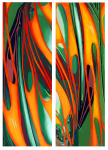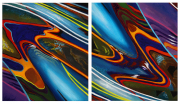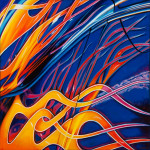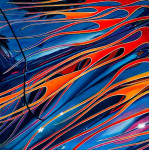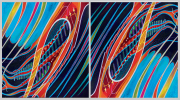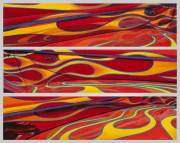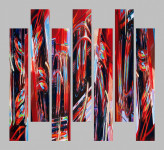Hot Rods
Hot rods are typically old, classic American cars with large engines modified for linear speed. A possible origin of the term Hot Rod includes replacement of the camshaft with a new (“hotter”) version, sometimes known as a hot stick or hot rod. Roadsters were the cars of choice because they were light, easy to modify, and available inexpensively.
The term became commonplace in Southern California in the 1930s or 1940s as the name of a car that had been “hopped up” by modifying the engine in various ways to achieve higher performance.
The first hot rods were old cars (most often Fords, typically Model Ts, 1928–31 Model As, or 1932-34 Model Bs), modified to reduce weight. Typical modifications were removal of convertible tops, hoods, bumpers, windshields, and/or fenders; channeling the body; and modifying the engine by tuning and/or replacing with a more powerful type. Wheels and tires were changed for improved traction and handling.
Hot rodders’ modifications were considered to improve the appearance as well, leading to show cars in the 1950s and 1960s replicating these same modifications along with a distinctive paint job. Vibrant colors and often flame designs were and still are popular.
Author Tom Wolfe was one of the first to recognize the importance of hot rodding in popular culture and brought it to mainstream attention in his book The Kandy-Kolored Tangerine-Flake Streamlined Baby.
There is a contemporary movement of traditional hot rod builders, classic style car clubs and artists who have returned to the roots of hot rodding as a lifestyle.
There is still a vibrant hot rod culture in the United States. Great places to view Hot Rods are events such as “Cruisin‘the Coast “ in Mississippi and the National Street Rod Association (NSRA) annual convention in Louisville, Kentucky.


